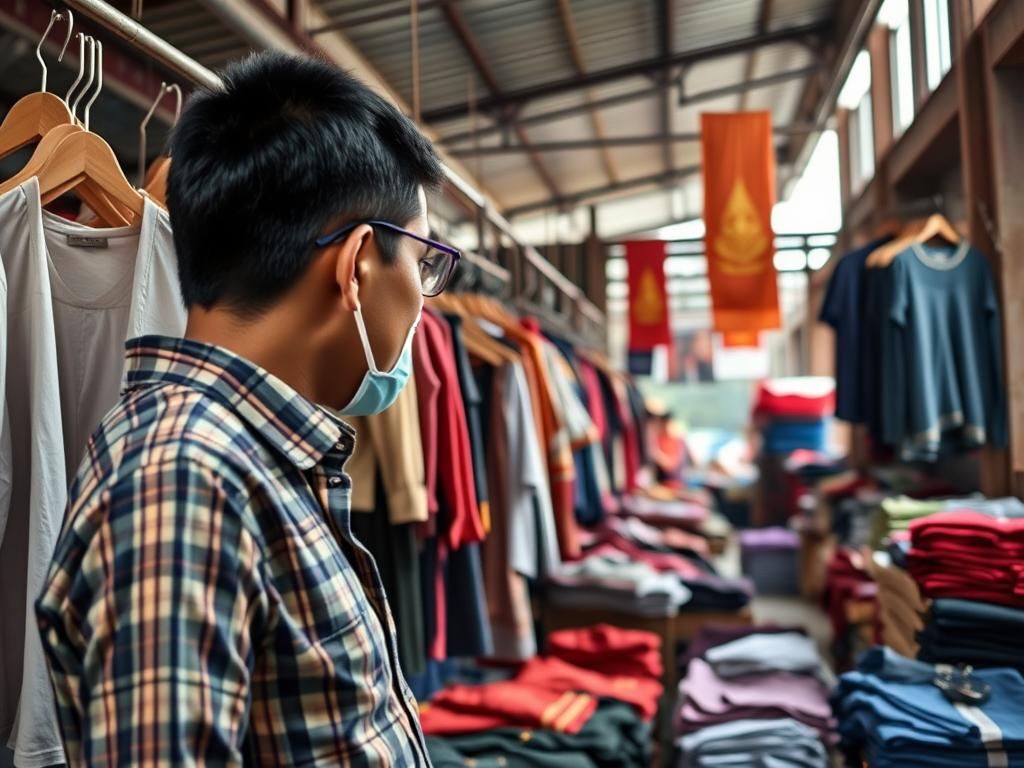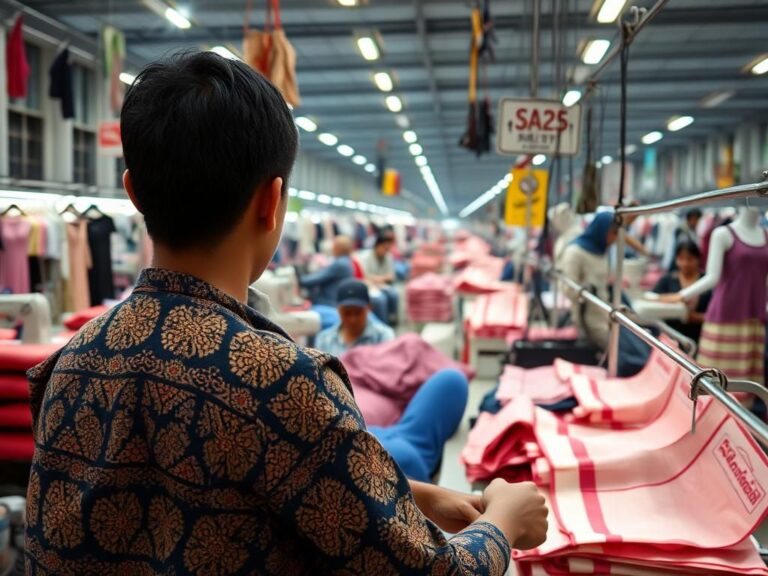Cambodia has secured a significant reduction in tariffs, dramatically lowering the initial levy from 49% to 19%. This critical shift has brought a measure of relief to the nation’s vital garment and footwear production industries, which were facing unprecedented economic uncertainty.
The announcement follows weeks of intense negotiation and lobbying efforts, as the potential imposition of the original 49% tariff threatened to cripple Cambodia’s primary export sectors. These industries, concentrated in areas like Phnom Penh and Kampong Speu province, employ millions and contribute significantly to the country’s GDP. The initial levy was seen by many as a potential economic catastrophe, sparking concerns of widespread job losses and social unrest.
While the 19% tariff still presents challenges, it is considered a far more manageable rate. Representatives from industry associations and labor unions had voiced grave concerns, highlighting the potential for factory closures and a severe contraction of the Cambodian economy. The garment sector alone accounts for a substantial portion of Cambodia’s exports, making it a key pillar of the nation’s economic stability. This reliance has made the industry highly vulnerable to fluctuations in trade policy.
The origins of this tariff proposal and its implications are still being evaluated. Details on the negotiations and the political pressures involved remain largely undisclosed. However, sources suggest that the reduction represents a delicate balance between international trade agreements and national economic interests. The long-term implications of this policy adjustment are still uncertain. The current agreement will likely be closely scrutinized by international trade organizations such as the World Trade Organization. The success of this mitigation strategy will depend on the continued strength of international demand, and the ability of Cambodian manufacturers to adapt to the evolving global landscape.
This tariff reduction provides a critical reprieve, but the underlying pressures on Cambodia’s garment industry remain. Will this prove to be a lasting solution, or merely a temporary respite from the growing challenges of the globalized economy?




